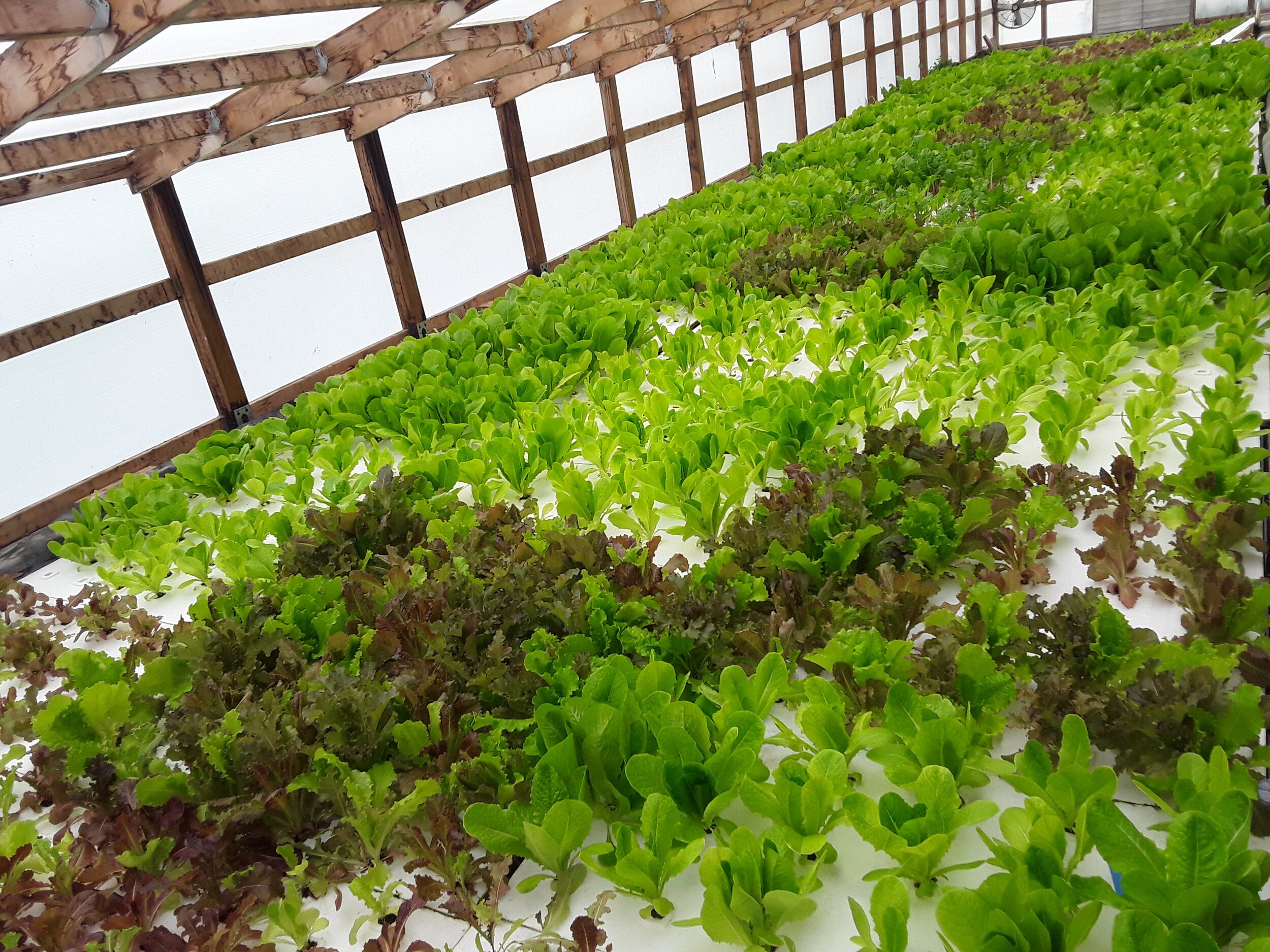
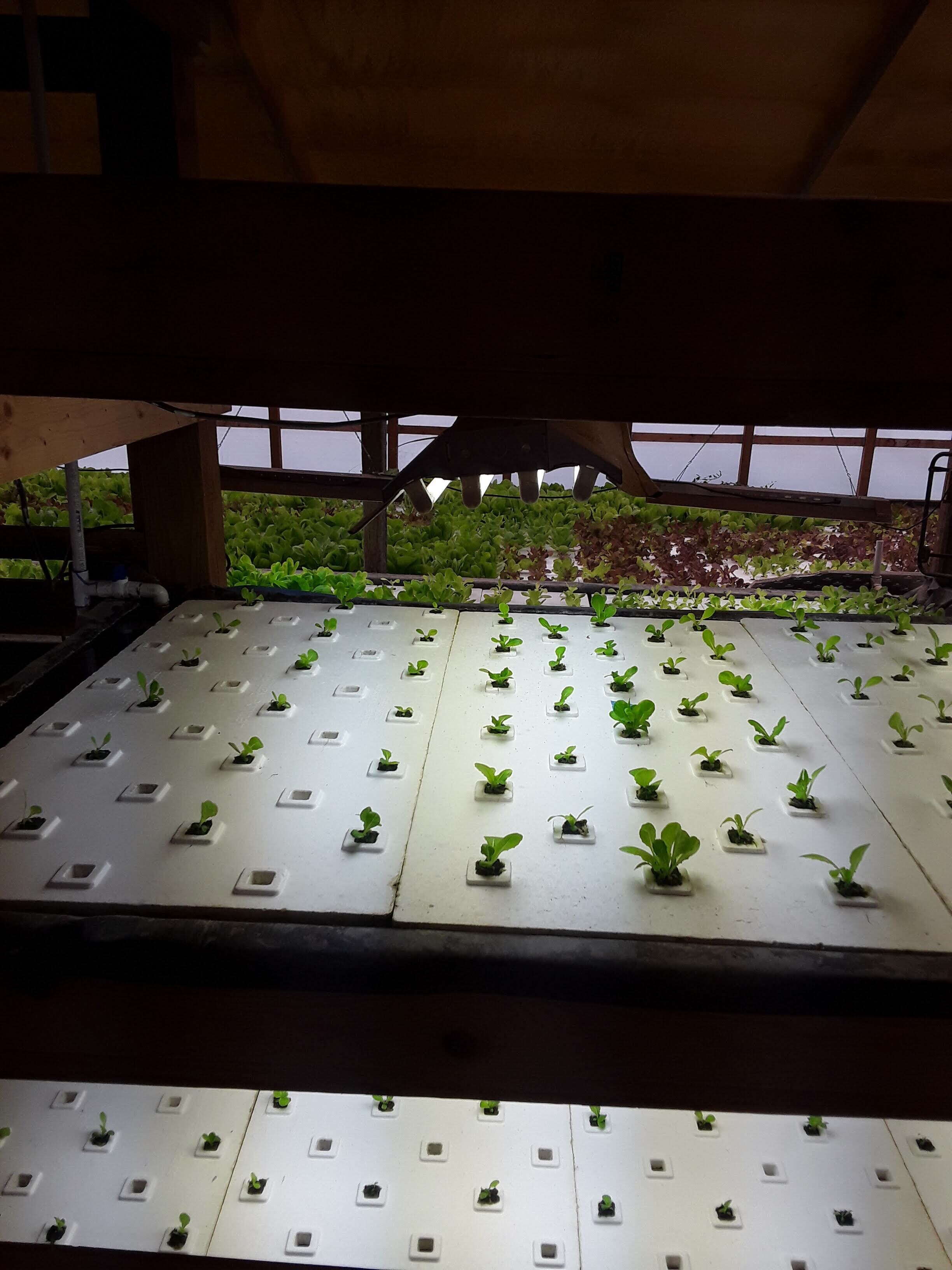
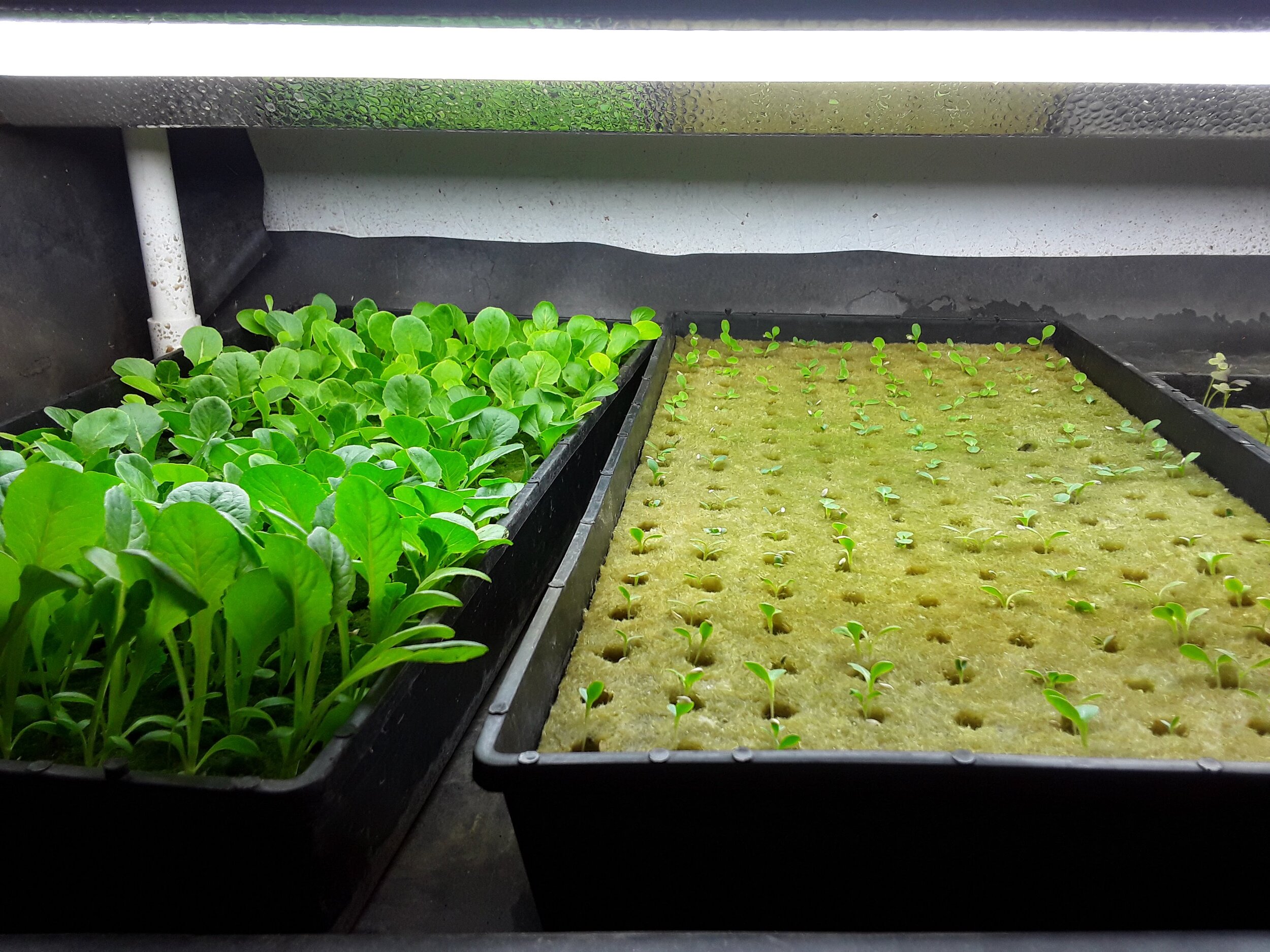
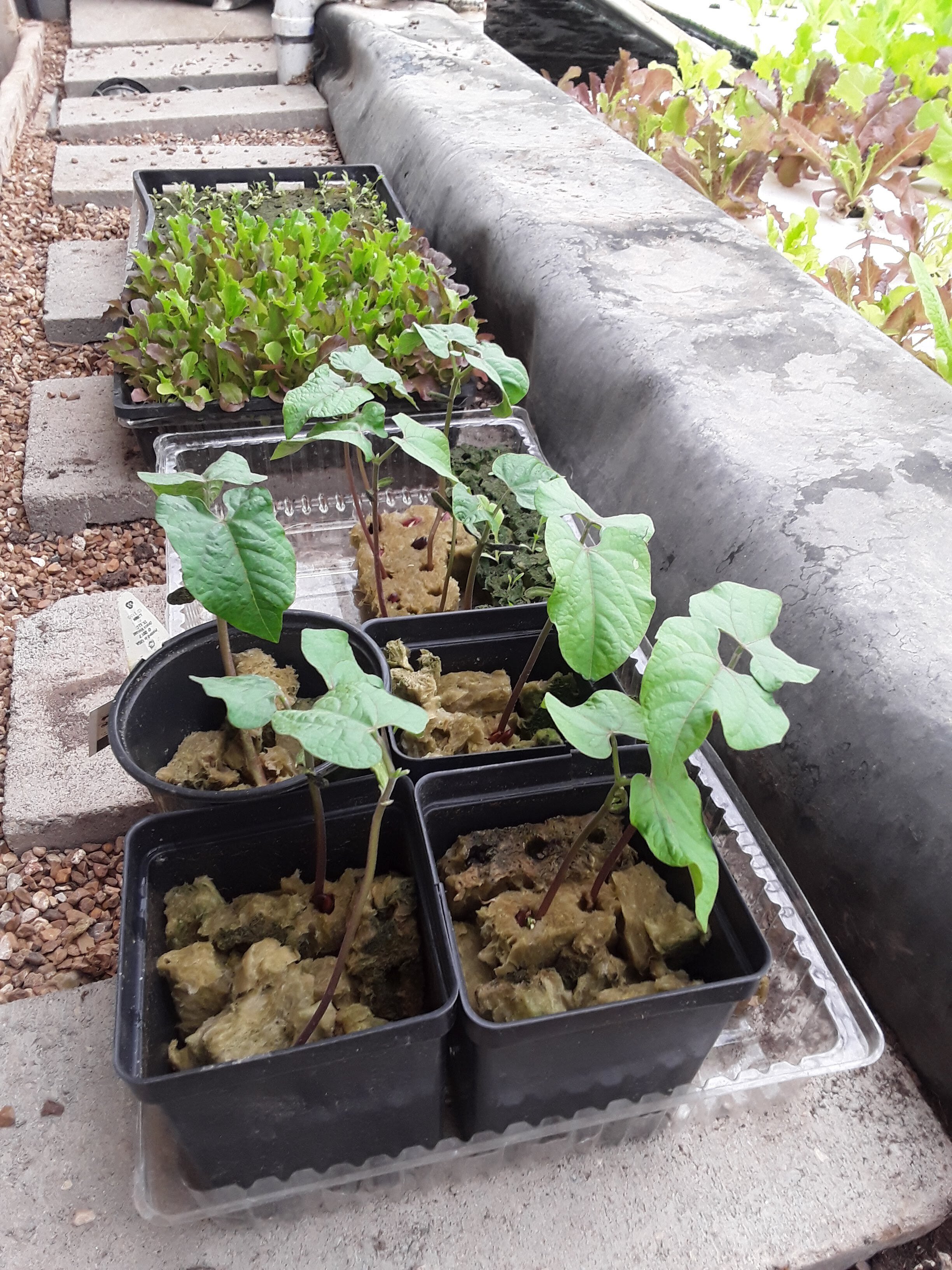

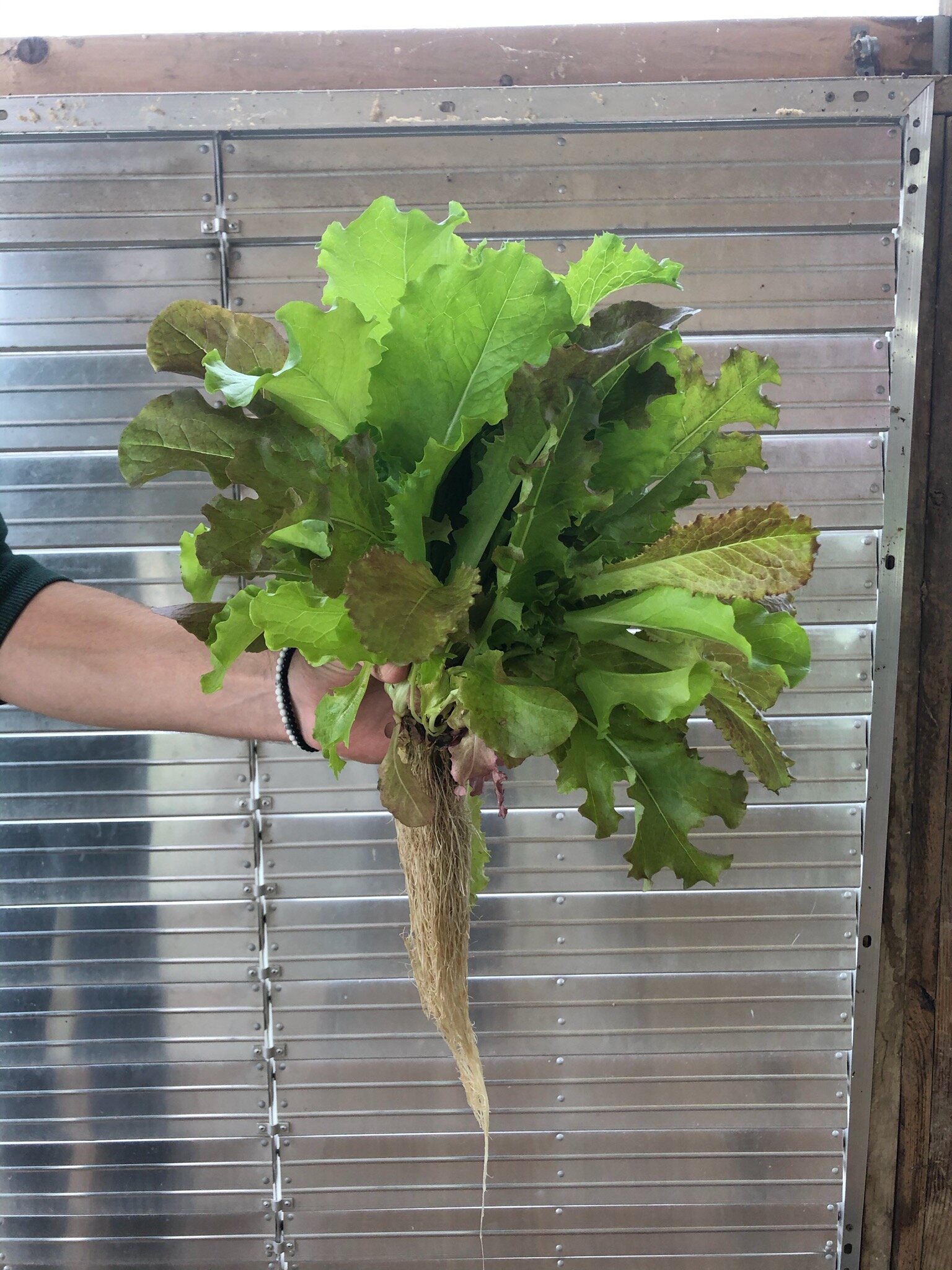
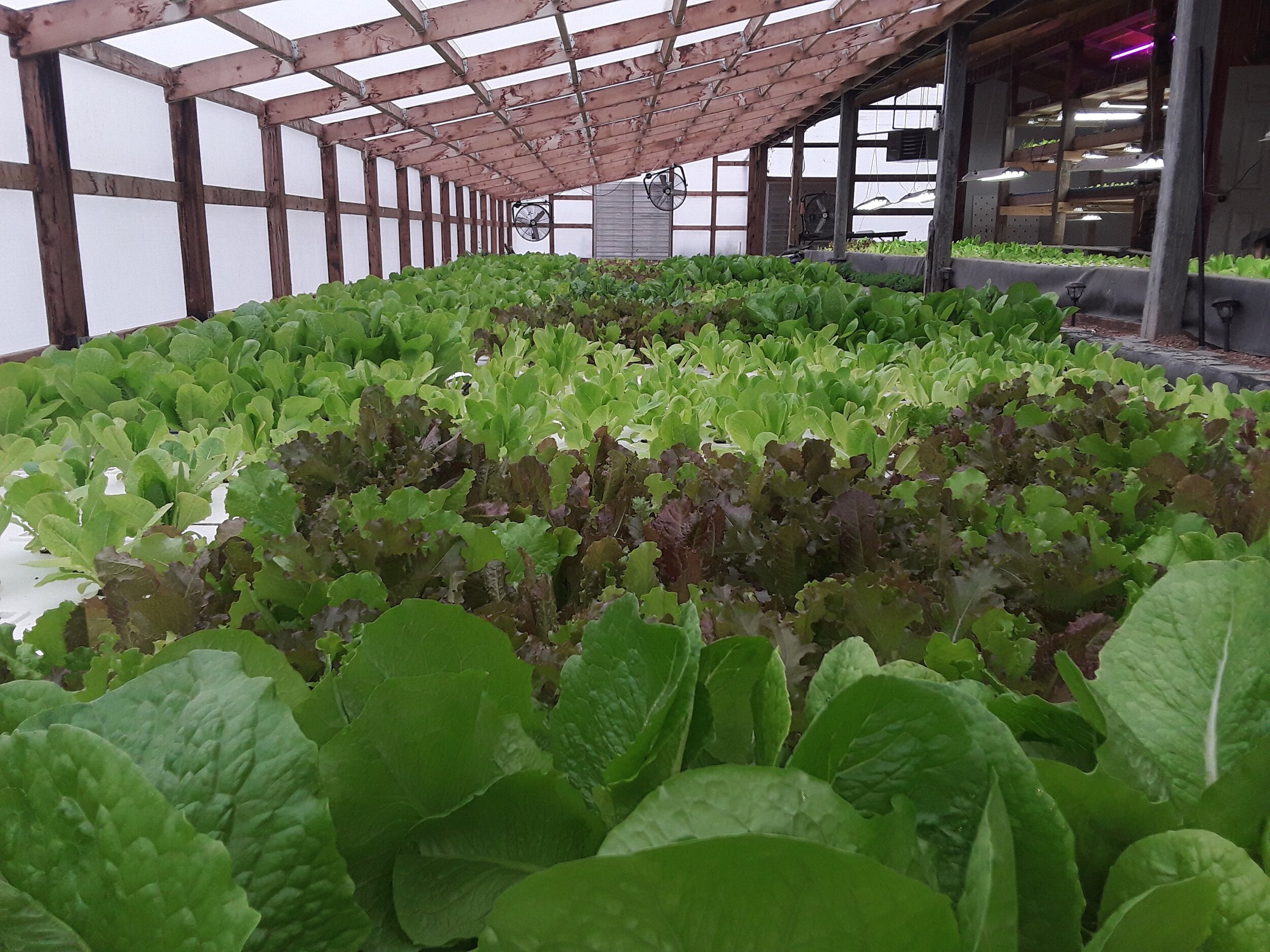
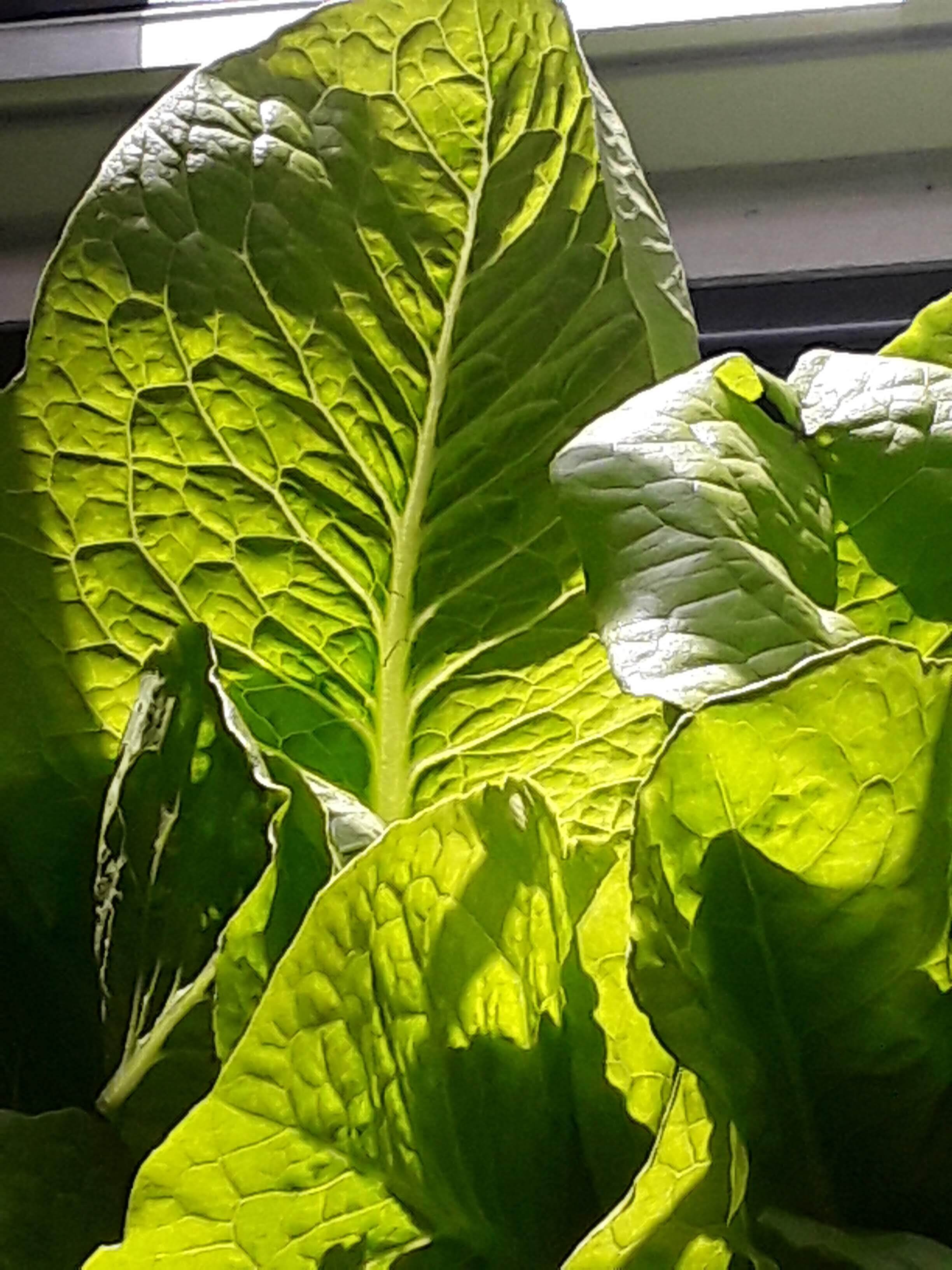
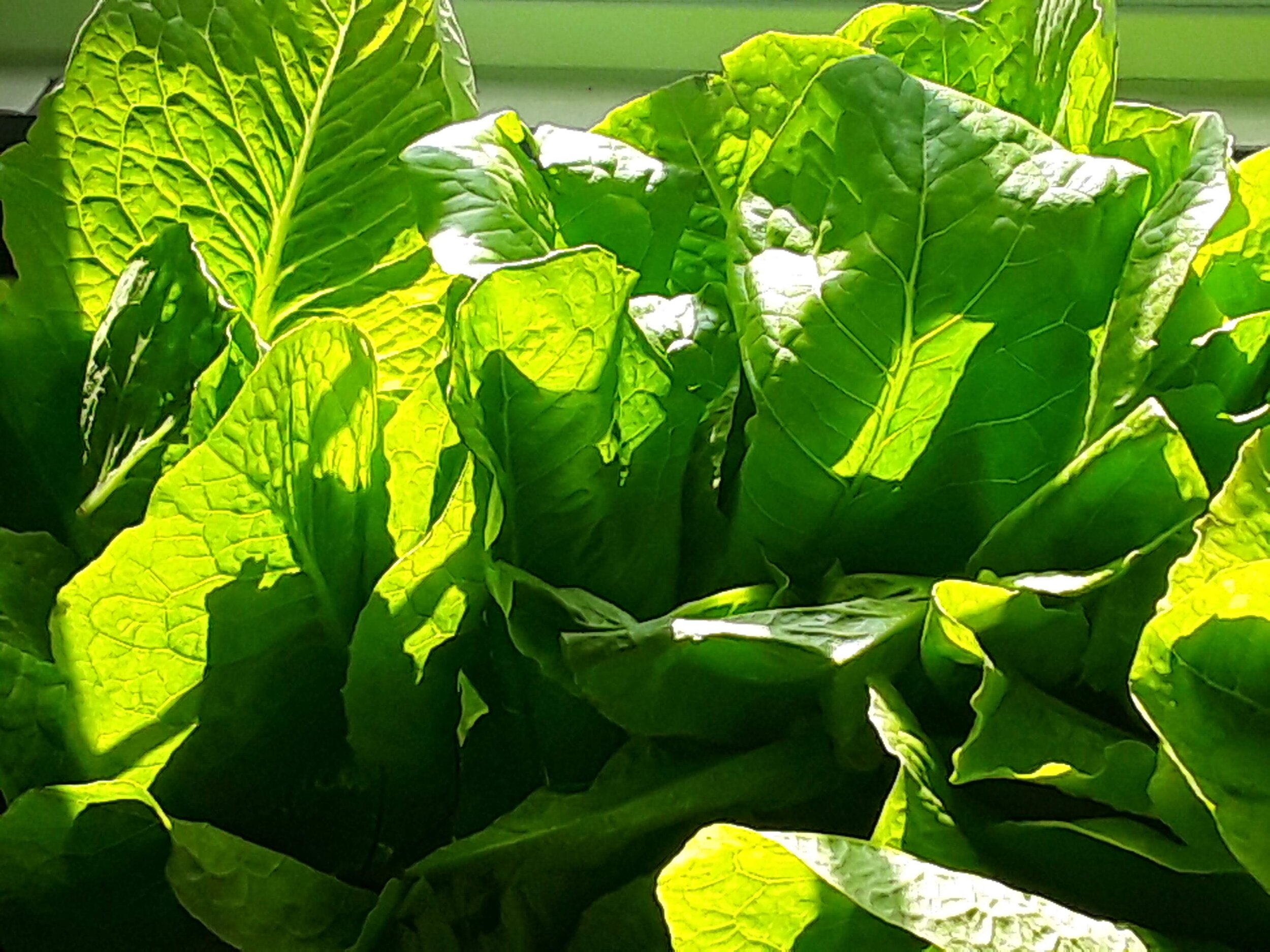
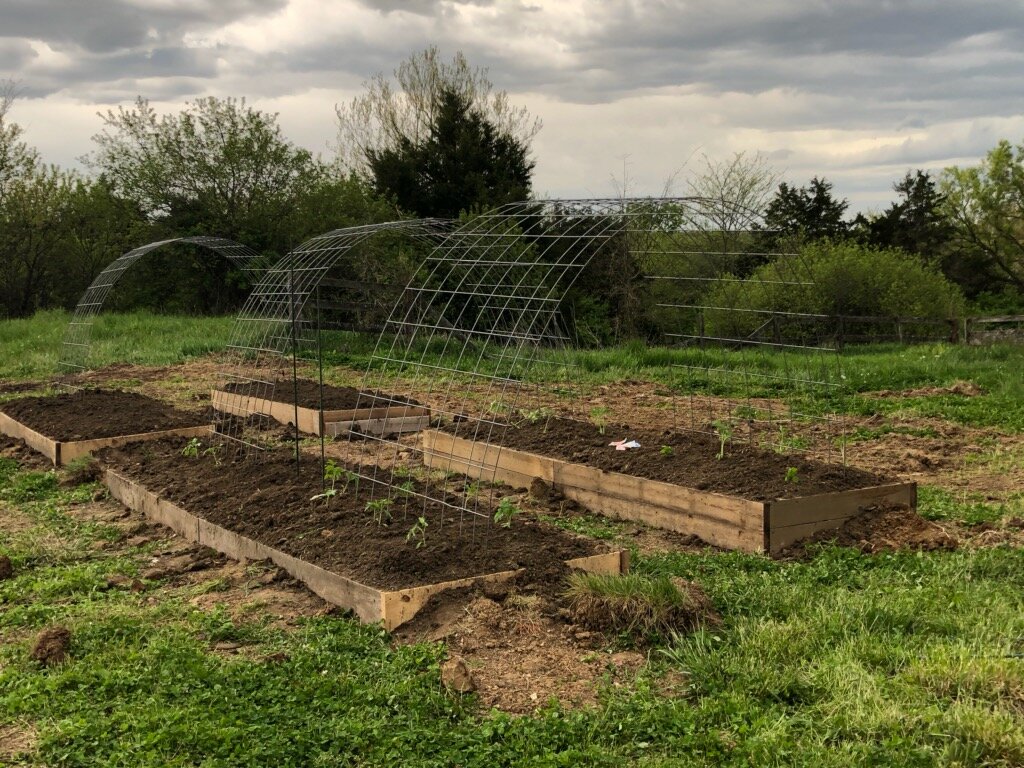
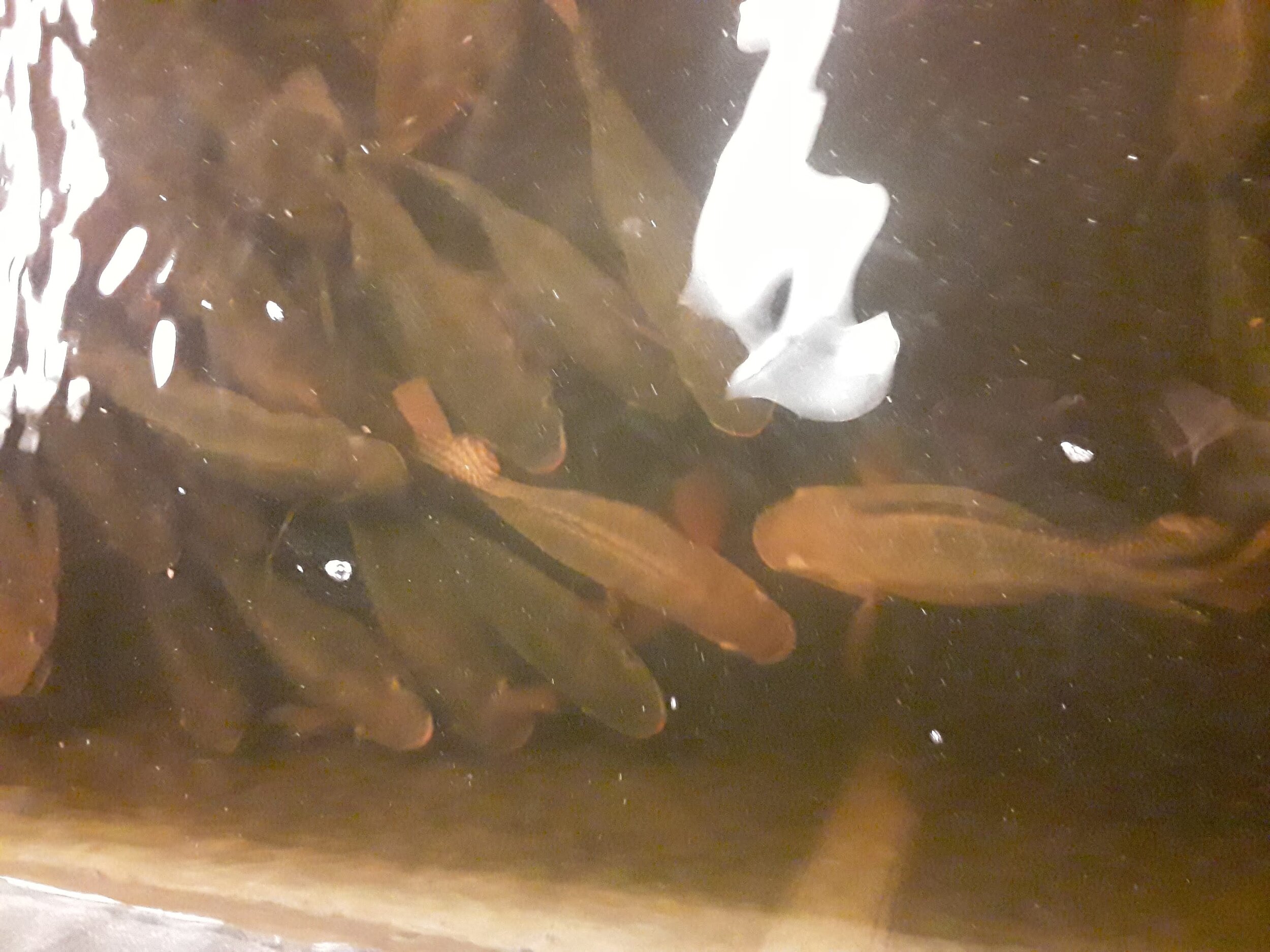
![20200425_133436[1].jpg](https://images.squarespace-cdn.com/content/v1/559285d5e4b04b9040a85b65/1588107876169-MWWABUGR9V6DJDA2MILT/20200425_133436%5B1%5D.jpg)
Random but awesome!
Click on the title to access the composting report. This article is for the novice composter who wants to learn a little more about the science of organic material breaking down and creating nutrient-rich compost.
I provided a little write-up for anyone who feels strongly about the idea of composting and wants a to-the-point article on how to start!
Read More
Below are the production results of two sides of my garden. Two different styles of planting. On the south half I planned my plantings via polyculture. The three sisters planting, to be specific. On the north side, I planted more bio-intensively. Before the results, here is a breakdown of the differences between polyculture planting and bio-intensive planting:
PLANTING AS A GUILD { } ONE - TWO CROPS TOGETHER
MULTIPLE PLANT FAMILIES IN ONE GUILD { } ONE CROP WITH COMPANION OR N FIXER
PLANTED IN A TRIANGLE PATTERN { } PLANTED IN ROWS
PLANTED WITH ADEQUATE SPACING { } PLANTED IN ROWS CLOSE TOGETHER

Cucumber, sweet corn, pole beans, tomato, basil { } (More) Cucumber, (less) sweet corn, (less) pole bean.
Transplanted in June { } Direct-seeded in July
Averaging three cucumbers per plant { } Averaging four cucumbers per plant
Less cucumber bunching, more competition for light { } Cucumber take-over, less competition for light.
I found that in the polyculture method, cucumbers reverted to climbing the sweet corn as a trellis to find light. This then shaded surrounding plants such as basil, beans, and other slower growing cucumber. In the bio-intensive method, the cucumbers quickly took over the surrounding space and blocked out any plants I did not plant.
For a small garden, the polyculture method is a great choice as a singular guild. A guild is a group of plants grown together for a symbiotic relationship, relaying on each other. This particular guild (corn, cucumber, bean, basil, tomato) is best grown by itself, not close within a row of guilds.
For cucumber production, the bio-intensive method is preferred. It has more cucumbers per plant and the blossoms are very close together, proving beneficial for pollination. Bio-intensive also means that the cucumbers are planted closer together than recommended spacing, increasing productivity.
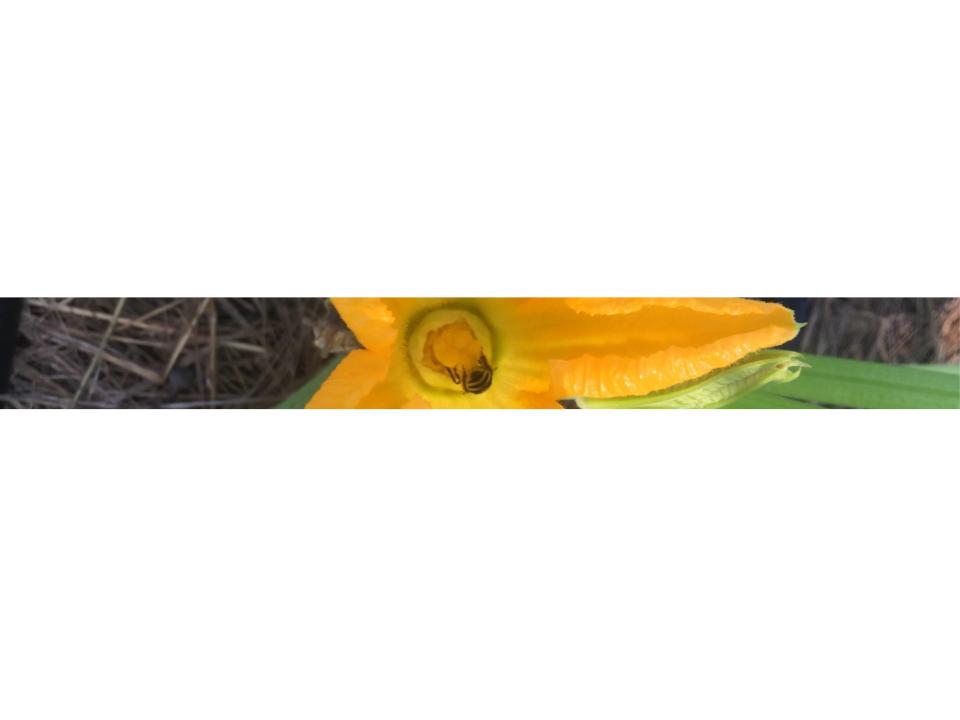
I have to admit, being a St. Louisan, that I am addicted to St. Louis sports like many people are. Anything Cardinals, Blues, or SLU related, I have to know what it is going on and I want all of them to win championships every year. It is nothing new to draw the conclusion that St. Louis is a sports town. But after listening to a local sports radio station, I have become more in tuned with how this city is perceived.
From the beginning of human settlement, towns and villages have adopted an identity from what they do well, or do lot of. Whether it is rich culture (tourism), fishing, car/plane industry, manufacturing, retail, tech, information (Hollywood), health care, major league sports, or farming, you can mention any major city or town and link the previous industries to said city or town. This then forms a identity to the rest of the country and world at large.
After having many conversations with my father about major industries abandoning St. Louis as their hub, I begin to wonder if there is an identity for St. Louis. Two things come immediately to mind, Monsanto and sports. Monsanto isn't the most popular around the world, and they tend to cause reactions that in my opinion are bigger than their actions. However, Monsanto and Ag science is still one of, and if not the only, major industry that makes St. Louis their home. I can think of three more major industries that carry a big stick in this town but lack the impact of a Monsanto. Those three are health care, education, and major league sports.
After the departure of major airline hubs, corporate headquarters, and I suppose the Rams, St. Louis still needs an identity that can turn heads across generations. An identity that someone from another city or country would say, "I heard about that, that's going to make a difference".
I want to use this blog to identify a new industry that has been picking up steam in St. Louis, modern agriculture. It is coined as modern because it is agriculture for our current time and the future. Just like a dandelion flower jetting out between the distorted cracks of what was a concrete membrane sealing us off from nature, St. Louis is slowly regenerating itself. Slowly, steadily, and under the radar, St. Louis has been accomplishing things that otherwise would garner national attention in other cities.
Just from what I have heard of, volunteered for, worked with, or have a connection to, people are doing some amazing things in this city. To name a few:
Earth Dance Organic Farm and Farm School
Urban Harvest, St. Louis Food Roof
Straw Hat Aquaponics
Real Earth Design, Permaculture Design
Grow Exhibit, St. Louis Science Center
Local Harvest Grocery Store
Good Life Growing
Urban Buds, Urban Farm
Seed Geeks, Heirloom Seeds
Gateway Greening
Hosco Foods
New Roots Urban Farm
The International Institute
St. Louis Food Policy Coalition
Missouri Coalition for the Environment
LifeBridge Farms
Bailey's Restaurants' gardens
Vin De Set Restaurant gardens
The Green Dinning Alliance
Please comment and let me know who I left out!
It is more than likely that if you ask someone who is from St. Louis or from a 100 mile radius of St. Louis, farming was or still is somehow apart of their family's history. I can attest to that because all sides of my family were farmers. Not all of them farmed in the St. Louis area but some definitely did. I feel a movement happening back to what made this area of the world so great: farming.
Not just farming though, modern farming. Farming for the times we are living in now. Aquaponics, hydroponics, small scale, medium scale, hoop houses and raised beds, soil remediation, mushrooms, permaculture, composting, food forests, orchards, vertical growing, community building, local food shed, restaurants serving local foods, these are the elements that are forming the new identity for St. Louis.

Urban Harvest STL, Food Roof

Earth Dance Organic Farm School

Gateway Greening

St. Louis Science Center Grow Exhibit

Urban Buds

New Roots Urban Farm

Hosco Foods

International Institute
Cheers,
Drew Hundelt
Here We Grow has taken a brief respite from blogging since the Hamill Homestead. Since then, Here We Grow has set roots in St. Louis by starting a modern farm and a permaculture design firm. To continue blogging, I (Drew Hundelt) have chosen a theme to write a collection of stories about. The theme is the power of collective action. Collective action is a powerful thing, it can end wars, start wars, start trends, end trends, start dance moves, make a video viral, expose mistreatment of others that otherwise would go unnoticed, and you get the gist. The collective action emphasizes how powerful a collective engagement can be.

The first story of the Power of Collective Action is the affect of the wartime victory gardens. Victory gardens always fascinated me and as I research more about it, the more optimistic I become about what we as people can do. During the first and second world wars, resources were scarce and governments of Australia, United States, and Europe encouraged citizens to pitch in and help mobilize more money & food towards the war effort by becoming more self-reliant.

Per the History Channel, victory gardens generated 20 million victory gardens at their peak. By 1944, all those gardens produced 8 million tones of food and accounted for more than 40% of all the fruits and vegetables consumed in the United States (history.com). Even Eleanor Rosevelt planted a garden in the White House lawn. The history channel then goes on to proclaim that "a renaissance movement has sprouted up in recent years in support of self-sufficiency and eating seasonally to improve health through local, organic farming and sustainable agriculture."
While that quote seems to be a bit dramatic, linking it to say an entire cultural and artistic movement that shaped the rest of history, it is not entirely false. Victory gardens has a powerful effect on people, leaving people like me optimistic in such dreary times. The collective action of the victory gardens was infectious and struck a chord of patriotism, responsibility, and optimism. Optimism, like the writer of the internet article for the history channel possesses.

I am by no means a supporter of war, but I do believe that when a country or just a group of people sharing a common passion have their backs against the wall, goals can be met and surpassed. And ours as well as our planets back is currently against the wall. We're up against ourselves and the existing systems that we have created for ourselves. So what if those posters called us to duty again? Can there be a "renaissance" to regenerate our habitats, our forests, our food shed, our air, our bodies? I'd like to think we can, but there are so many factors in play.
Maybe we can do this? Maybe as a people, we can listen to some sort of 'propaganda' to start a pollinator garden on our balconies, our lawns, our land, our section 8 housing court yards without having a political agenda or sounding straight up cheesy?
What do you think?




These rabbits are eating their way to and through my pole beans. As I was inspecting the Three Sisters, I saw that at least 65% of one variety of beans has been eaten to a nub. After my initial frustration, I calmed down and realized that these beans have a chance to come if I act relatively quickly.

I also realized that these pesky rabbits instinctively know that the plants that they eat will grow back...for more food. I found that the Monte Gusto variety of pole bean has been devoured the most. Although, about a third of those Monte Gusto have shown life and have sprouted new leafs for an amazing comeback story. I have made a rabbit deterrent spray a couple times now and have sprayed it on beans knowing that it won't rain for at least a few days.
Both mixtures revolved around three main ingredients: garlic, cayenne pepper, and environmentally friendly soap. The rabbits have also eaten a lot of fennel. They loved that stuff. It looked like my fennel might just be a reliable crop until it was all eaten. That was when I was naive. Now I am ready with garlic spray and and row cover. BAM!

Some people don't want to refer to themselves as anything other than people; supreme beings that are mutually exclusive to the things that lie beneath, above, and beside us. What about the natural ecosystem? We're just like all of the creepy crawling, slimy, and freaky looking insects, right? No way, heck no, we are no way like that.
A heuristic thought may be: people are way too handsome, athletic, smart, and free willed to be like those insects. Those sacks of DNA are stomping and munching along to the beat of the most intricate system that we, as humans, are aware of. This intricate system is the soil itself and the microbial (and macro) life that supports it, which in turn supports us.
Every living thing that makes the soil flourish survives on the exudates (droppings) or the life of another living creature. Like a well-oiled machine, plant roots feed the bacteria. the bacteria feeds the nematodes, which in turn feeds the smaller arthropods, then the larger insects get fed, and then so on and so forth.
I want to make the argument that Here We Grow is the human evidence that we are in fact very much mutually a part of the system, and we too benefit from certain exudates. A very important exudate that we have implemented onto our plots comes from the coffee industry. And the exudate is the burlap bags. These ever-so-effective and biodegradable bags have gone through a couple hands before getting to Here We Grow. From the coffee farmers (end to all exploitation), to the wholesalers, to the coffee roasters, then to Here We Grow. We tore them in half, cut pre-determined holes for the seeds, and laid them down onto the beds for unwanted plant suppressions. The job isn't done when the bags are laid down onto the soil beds - we must lay mulch or compost on top and around the crops to further add weight and aid in suppression.
The burlap has worked wonderfully for us and all it took was a few phone calls to local coffee shops. And the best part, the bags were completely free. Getting to know the local coffee shops proved vital for Here We Grow, as we made a connection to a local CSA that is looking for other organic growers in the region to provide more produce. So it seems that by simply asking and keeping our selves on task, people we willing to give. Community is a powerful force for good when it is given a chance to be itself.
Here We Grow Team
We explain how we completed our Fencing Project with a unique and creative solution.
Read More